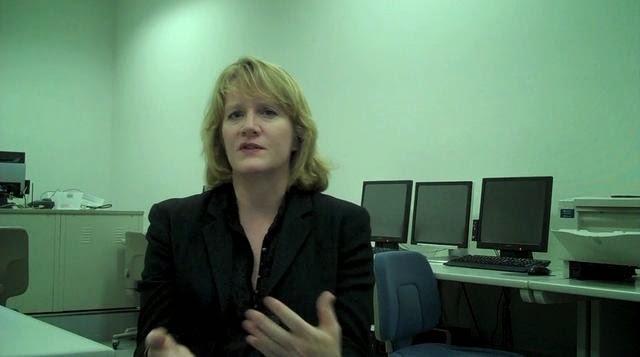49th Annual IATEFL Conference and Exhibition Interview: Philip Kerr talks to Nik Peachey
http://iatefl.britishcouncil.org/2015/interview/interview-philip-kerr
Philip Kerr is
no stranger to the Greek ELT public, as he was invited to a TESOL
Macedonia-Thrace Conference in the early 90s, if memory serves, which is admittedly
a long time ago. In his interview to Nik Peachey, Mr. Kerr referred to his new
book entitled ‘’Translation and own
language activities’’ on which his talk was based.
‘’Own language
activities’’
The writer
pointed out that the book had to bear this title because without the word ‘’translation’’
few people would understand what the book was about. He went on to add that it
is necessary to sort out the terms we use when we talk about the use of
translation and L1 in the classroom. Nik Peachey was quick to ask Mr. Kerr
whether this whole idea is a forbidden fruit, if it borders on
grammar-translation and whether it allows learners to be immersed in the L2. Mr.
Kerr replied that the techniques and generic activities he suggests in his book
do not resemble the use of translation as we might have it in our minds from
times past. The idea is how the learners’ L1 can be used in the context of the
classroom in a strategic and beneficial way. The writer went on to add that he
himself shared the same training context with Nik Peachey and he had been
trained with the default perception of ‘’English only’’. At the same time, if
we want to be realistic, we have to admit that normal teachers in normal
everyday classroom use the learners’ language, albeit with some guilt. The
discussion moved on to digital tools which support and enhance learning and
Philip Kerr mentioned that most of these tools are bilingual, which makes the
use of L1, or at least the use of a shared language other than English, normal
and acceptable again.
‘’Own language moments’’
Philip Kerr was
then asked about how teachers can exploit that in class and he mentioned an
activity which I personally found very interesting and plan to use in class
shortly. He called it ‘’Own-language moments’’ in which the learners are given
time to brainstorm in their own language for about 30 seconds, before the class
reverts back to the target language. The rationale behind this technique is
that learners tend to produce more ideas if they brainstorm in their own
language. Personally, I feel this idea will encourage weaker learners to become
more active. Learners will also gain a lot while ‘’mediating’’ to transfer
their ideas from L1 to L2.
‘’Does
the teacher have to be bilingual?’’
Nik
Peachey asked whether in that kind of teaching setting, the teacher will have
to be bilingual. Mr. Kerr mentioned that research which has been carried out into
the attitudes of the learners, reveals that they do prefer bilingual, rather
than native-speaker teachers, because they feel they can get more support. Still,
even if the teacher cannot speak or understand the learners’ language that does
not mean that the learners can’t use it. Philip Kerr referred to a research
which revealed that 90-95% of teachers teach in countries whose native
languages they speak. Despite that, the speaker and writer pointed out, that 5%
of UK- based teachers who teach in an international setting but are themselves
monolingual dominate the scene. Mr. Kerr pointed out that a number of things
can go wrong when the teacher does not understand the language of the learners
some of which are related with cultural sensitivity. Still, Mr. Kerr urged
teachers not to start by thinking negatively. Using a shared language with the
learners or allowing them to have ‘’own language moments’’ within the English-speaking
environment of the classroom has many uses (e.g. dictionary training during
which learners can use a bilingual dictionary with which they are comfortable)
and many practical gains.
Personal
comment
What
I got out of this interview is a sense that nothing is permanent in any
methodological or theoretical framework. I agree with Philip Kerr when he says
that in real classrooms teachers use the L1 and I do feel that the sacred cow
should be the use of L1 or L2 but whether or not either of them is used strategically,
beneficially for the learners and to what extent.




Σχόλια
Δημοσίευση σχολίου